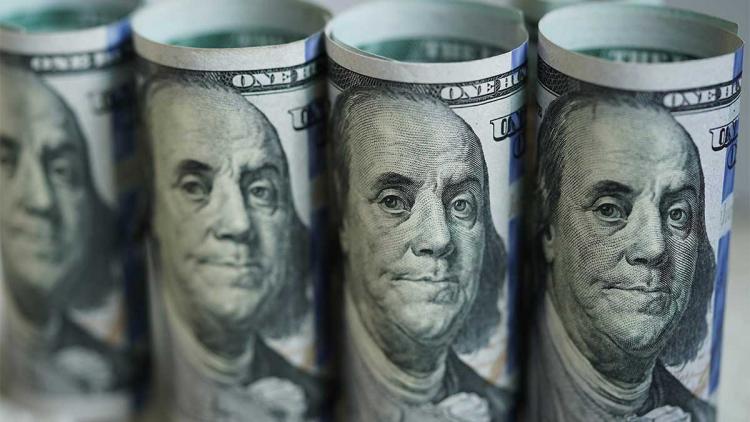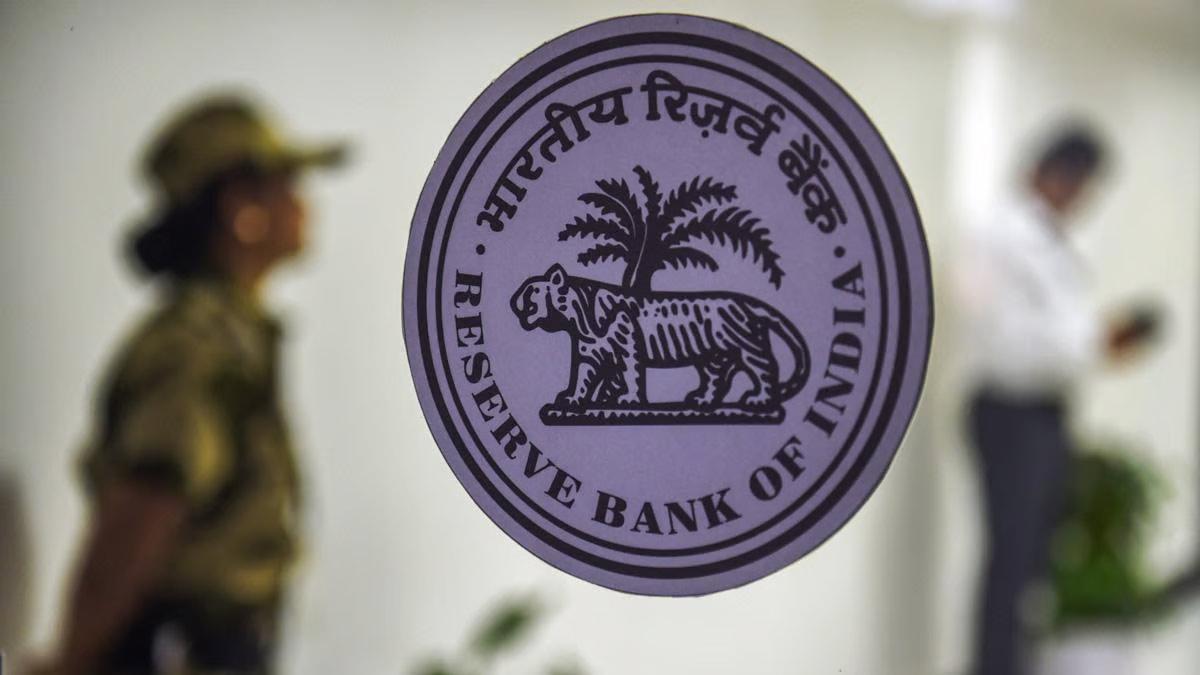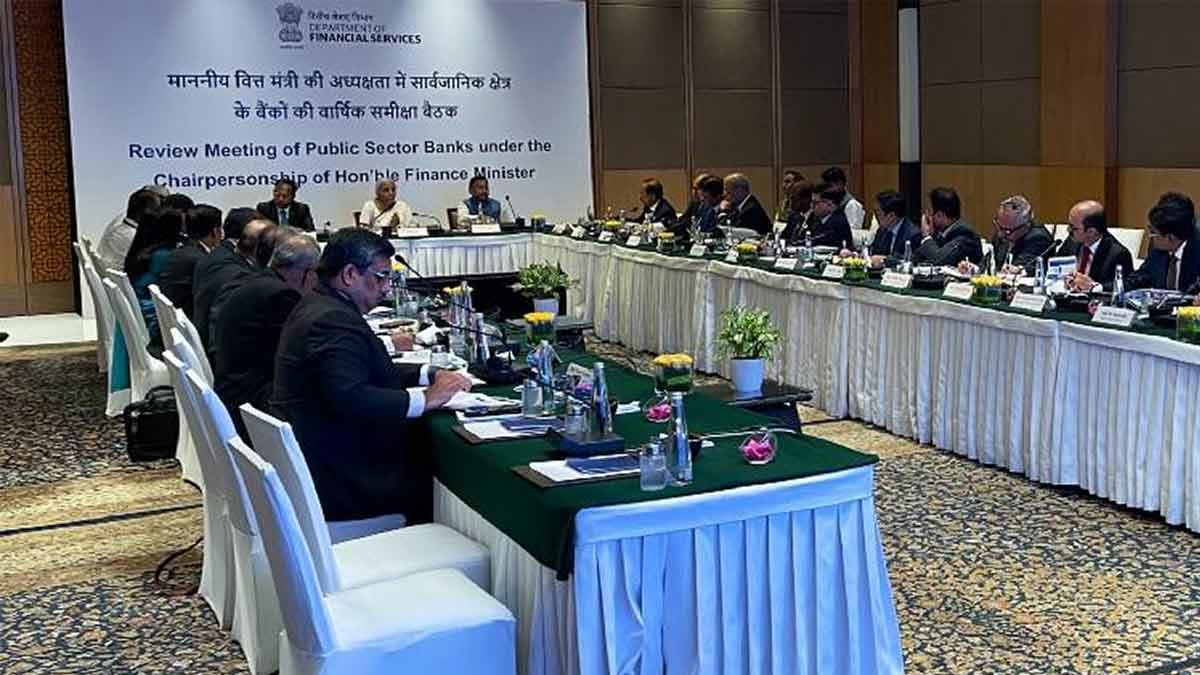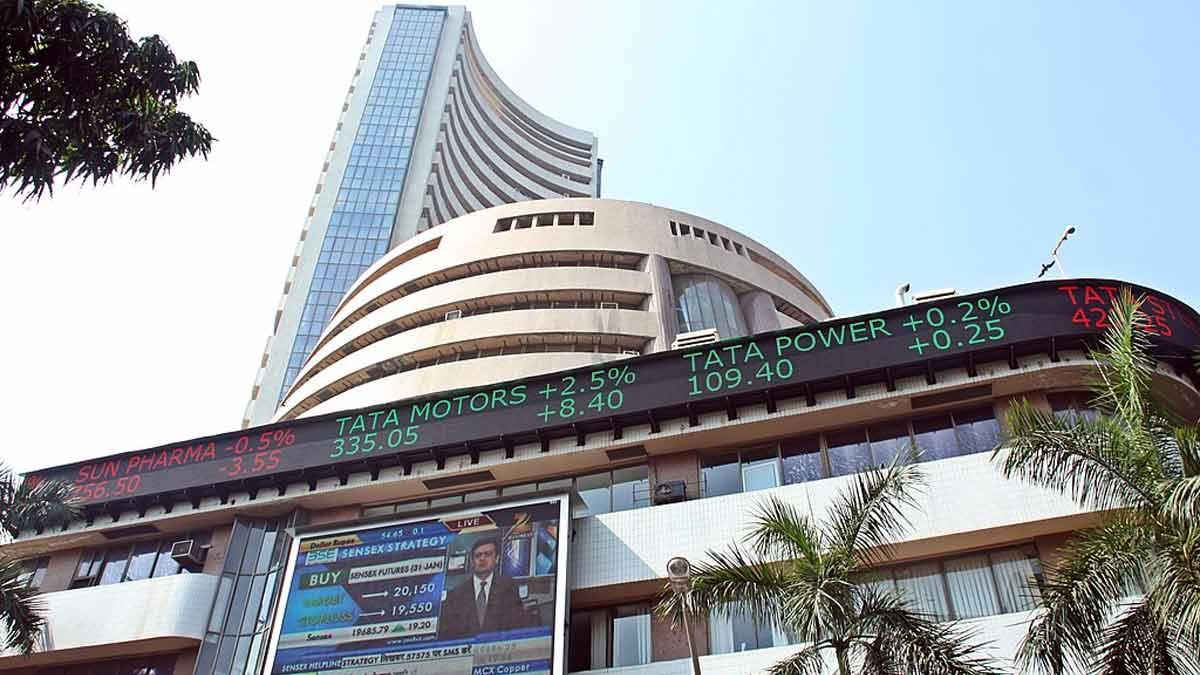India's foreign exchange reserves surged to a four-month peak, reaching $604.04 billion as of December 1, marking a substantial increase of $6.1 billion in just a week—the most significant leap since mid-July. Earlier, the reserves had risen by $7.6 billion over two consecutive weeks.
In the week ending November 17, the reserves had already seen a boost of $5.077 billion, reaching $595.397 billion. This rise in reserves holds significance as it empowers the Reserve Bank of India (RBI) to manage rupee fluctuations effectively.
The RBI utilizes these reserves to stabilize the rupee in times of volatility. When the rupee faces pressure, the RBI intervenes in both spot and forward currency markets by injecting more dollars. This intervention prevents the rupee from experiencing a sudden downfall, ensuring a steadier performance.
Maintaining robust foreign exchange reserves is crucial as any drastic reduction limits the RBI's capacity to intervene effectively in currency markets, potentially impacting the rupee's stability. Therefore, the recent surge in India's forex reserves serves as a buffer against currency fluctuations, fortifying the RBI's ability to support the rupee when necessary.
Key Points:
1. India's foreign exchange reserves surged to $604.04 billion, the highest in over four months, as per the RBI's recent data release on December 1.
2. Within a week leading up to December 1, the reserves spiked by $6.1 billion, representing the most substantial increase since the week concluding on July 14. Prior to this, they had risen by $7.6 billion in the two weeks before.
3. Earlier, the forex reserves had reached $595.397 billion by November 17, witnessing a significant uptick of $5.077 billion, as per the RBI's data.
4. Augmented foreign exchange reserves offer the RBI a resource to stabilize the rupee during periods of volatility.
5. The RBI intervenes in both spot and forward currency markets by injecting additional dollars, aiming to prevent the rupee from a steep decline during pressure periods.
6. A sharp decrease in the country's forex reserves limits the RBI's ability to intervene effectively in the market to ensure rupee stability.
7. Robust foreign exchange reserves serve as a financial buffer, empowering the RBI to manage currency fluctuations and maintain market equilibrium.
8. The recent surge in reserves reflects positive momentum, providing the central bank with leverage to manage currency markets effectively.
9. Forex reserves play a crucial role in safeguarding against external economic shocks and sustaining investor confidence in the Indian economy.
10. Maintaining healthy forex reserves is pivotal for the RBI's ability to navigate and mitigate potential risks in the currency markets, thereby upholding financial stability.
(With Agency Inputs)
ALSO READ | India's Forex Reserves Surge by $5 Billion in a Week
ALSO READ | India's forex reserves decline by $2.36 billion in a week


















